TBI Blogs: The Very Name of Kolkata Is Shrouded in Mystery. Confused? Read on to Find out More
In 2001, India’s ‘Cultural Capital’ Calcutta was renamed Kolkata “in order to match Bengali pronunciation”. However, the origins of the city’s name are still shrouded in mystery. Here are some of the most popular theories regarding the origins of the name of India’s City of Joys.
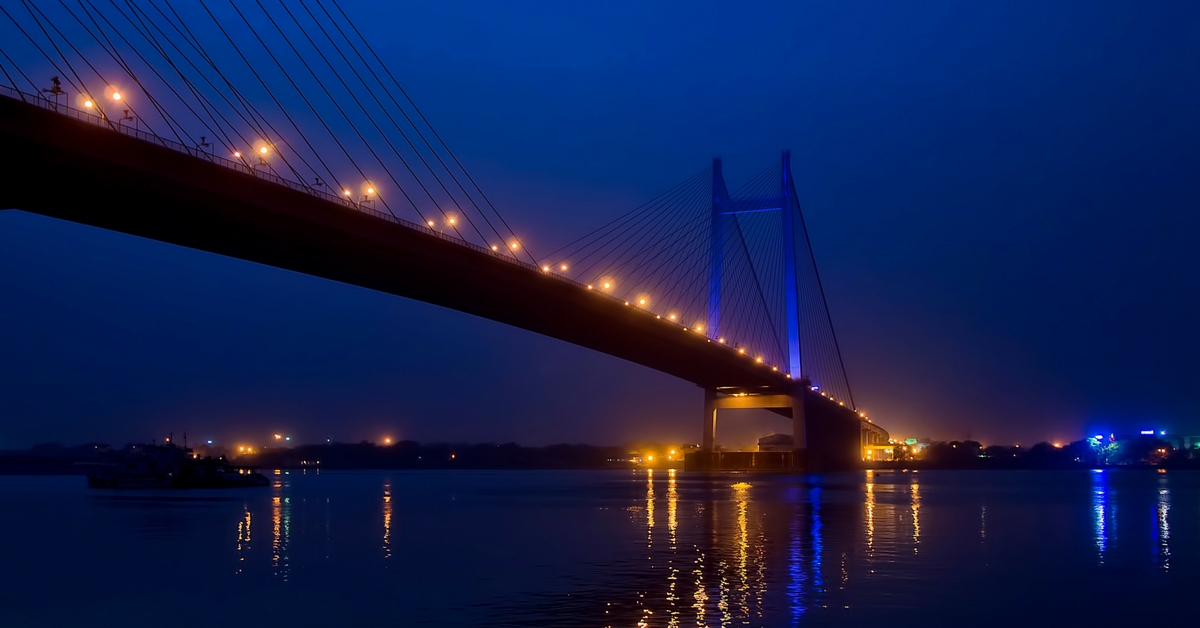
In 2001, India’s ‘Cultural Capital’ Calcutta was renamed Kolkata “in order to match Bengali pronunciation”. However, the origins of the city’s name are still shrouded in mystery. Here are some of the most popular theories regarding the origins of the name of India’s City of Joys.
Since my grandmother’s family hails from Kolkata, my cousins and I grew up with a number of tales about the City of Joy. I can still distinctly remember the story that she had told me about an Englishman asking a grass-cutter the name of the city. The grass-cutter, being ignorant, or perhaps absorbed in his daily chores, hurriedly replied “kal kata” (cut yesterday). Being from a simple rural folk, he felt that the Englishman wanted to know when he had cut his paddy!
Fanciful derivations such as this are, unfortunately, commonly accepted and passed on in every nook and corner of India. It was quite natural for me to accept my grandmother’s theory as a child. However, as time passed, I realised that it was difficult to believe, even with a pinch of salt. This led me to seek the truth about the origin of the name ‘Calcutta’.
Here are some noteworthy theories behind the origin of the names Calcutta and Kolkata. Happy reading!
1. Due to the high mortality rate among the colonists, the Englishmen called the Cultural Capital of India ‘Gol gotha’ (land of skulls). Some scholars suggest this Biblical phrase was the source for the nomenclature of the city. Another example of fanciful derivations?
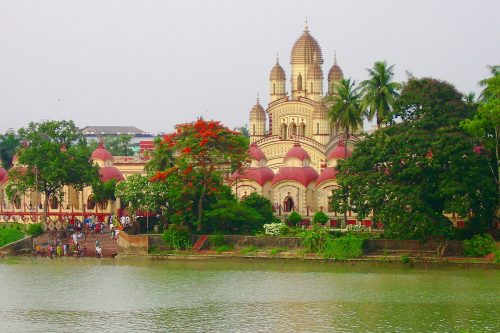
2. As per A Short History of Calcutta by A.K. Ray, the name Calcutta was born out of Kilkila (an ancient province around 21 yojanas or 160 miles in extent). Ray says that Kilkila was a province with Saraswati on the west and Jamuna on the East, and contained the towns and villages of Hooghly, Basberia, Bhatpara, Khardaha, Sialdaha, Govindapur, etc.
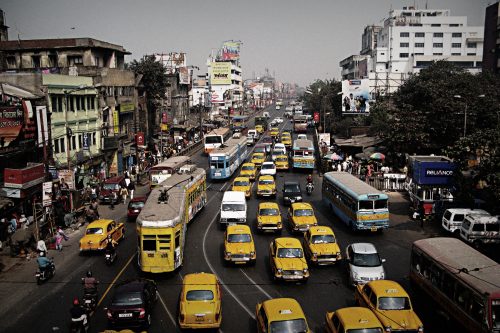
3. Some scholars are of the opinion that the city derives its name from Kol-ka-hata, the territory of the Kols (a Dravidian tribe). But there are no records of the Kols inhabiting the lower Bengal, and the very term Kol seems to be of late origin.
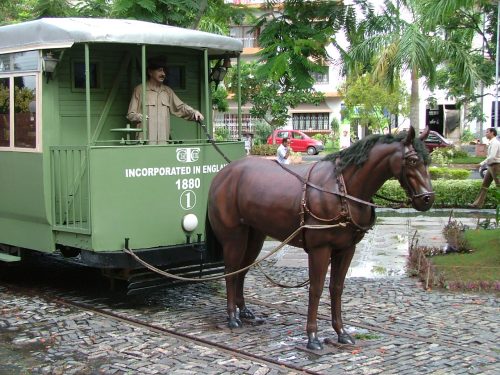
4. The Englishmen faced stiff competition from other European trading powers in India such as the Dutch, Danes, French, and Portuguese. To compete with the cloth exported by the Portuguese from Calicut, the English stamped ‘Kalikat’ on their exports from Bengal, thus giving rise to the name.

5. Another very popular and celebrated explanation was the existence of a warehouse for burning crustacean shells to prepare unslaked lime in that area. People used the term Kata used for a warehouse or kiln, and kali for unslaked lime, hence the name, ‘Kalikata’. However, we do not know for certain whether such trade flourished in this part of Bengal.
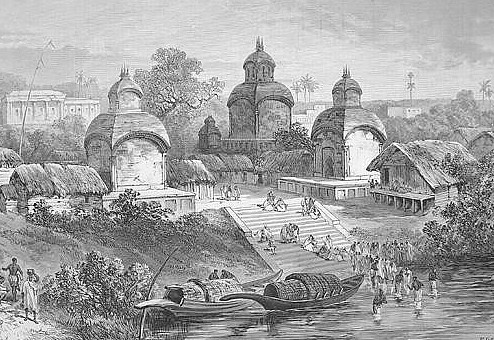
6. Khal in Bangla, as in other languages of North India, is a canal or a ditch, and kata is cut or excavated. ‘Khal-kata’ thus, as many scholars prescribe, is the source of the English form Calcutta. Though this explanation works well with the Maratha Ditch as well (as pointed out in Calcutta The Living City, Oxford University Press, 2010), the khal of Bengal points clearly to the Beliaghata Canal that once ran west from the Salk Lakes through present day Creek Row and Lenin Sarani (Dharmatala).
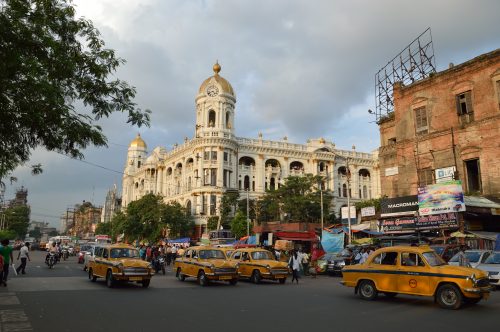
7. In Ain-i-Akbari (16th century) written by the vizier of Emperor Akbar, Abu’l-Fazl ibn Mubarak, the form ‘Kalkata’ occurs as a variant of a place-name on Raja Todar Mal’s rent-roll. However, the presence of other variants, and the reference to a district (not a village), clearly renders this theory inapplicable. Raja Todar Mal was the finance minister in the court of Akbar.
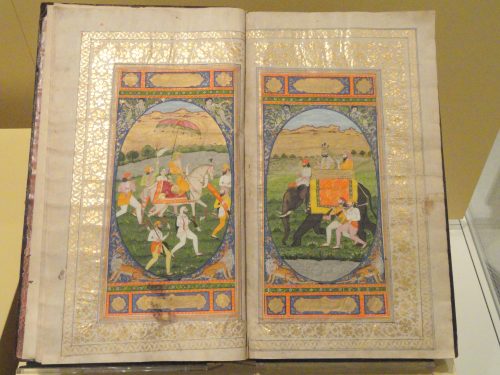
8. The terms ‘Kalikata’ and ‘Kalighat’ occur side-by-side in early texts, enough evidence to state latter gave rise to the former. History dedicates Kalighat, one of the 51 Shakti-peeths of India, to goddess Kali. Other suggested variants connected with the goddess Kali are Kali-kota (abode of Kali), Kalighatta (North Indian distortion of Kalighat), and the most Sanskritic, Kalikshetra (terrain of Kali).
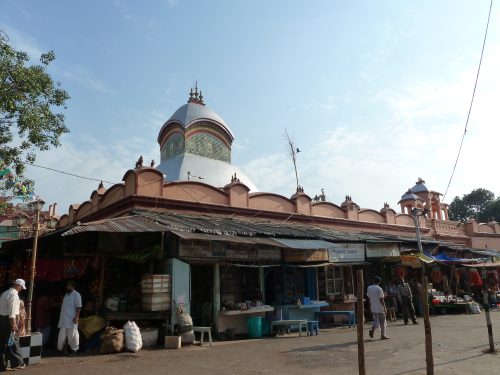
The area occupied by the present-day City of Processions encompasses the villages of Kalikata, Sutanuti and Gobindapur. The Nawab of Bengal ruled over this province until the power shifted to British hands. Scholars regard the importance of Kalikata, when compared to Sutanuti and Gobindapur, as the primary reason for its subsequent rise as the Capital City of India under British rule.
To read more about the etymology of the name Kolkata, check out the Encyclopedia Britannica article on the city, as well as this website.
Like this story? Or have something to share? Write to us: [email protected], or connect with us on Facebook and Twitter.
NEW: Click here to get positive news on WhatsApp!
If you found our stories insightful, informative, or even just enjoyable, we invite you to consider making a voluntary payment to support the work we do at The Better India. Your contribution helps us continue producing quality content that educates, inspires, and drives positive change.
Choose one of the payment options below for your contribution-
By paying for the stories you value, you directly contribute to sustaining our efforts focused on making a difference in the world. Together, let’s ensure that impactful stories continue to be told and shared, enriching lives and communities alike.
Thank you for your support. Here are some frequently asked questions you might find helpful to know why you are contributing?


This story made me
- 97
- 121
- 89
- 167











